- SPORT:
- Diving
- BORN: 01.29.1960
- El Cajon, California
Greg Louganis became the first male diver to sweep the 3-meter springboard and 10-meter platform events at consecutive Olympics Games.
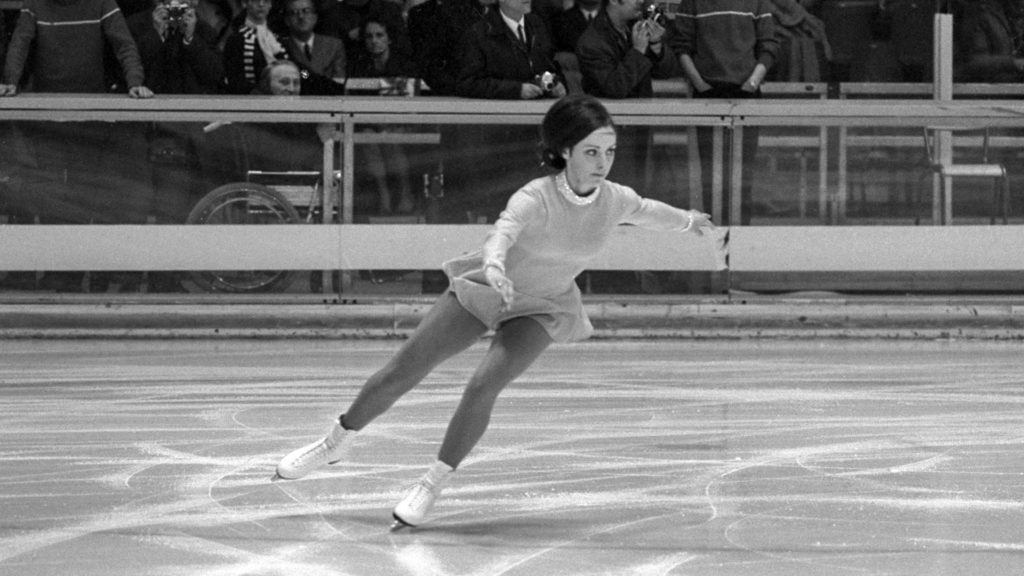
Peggy Fleming was 19 years old when she won a gold medal in ladies figure skating at the Grenoble 1968 Olympic Winter Games.
U.S. figure skating sustained a major blow in 1961, when the entire traveling delegation was killed in a plane crash while traveling to the World Championships in Prague. Among the dead was Coach William Kipp, whose pupils also included then-12-year-old Peggy Fleming.
Well-known Coach Carlo Fassi was summoned from Italy, but it would take several years for the American figure skating program to recover, but this moment ultimately was capped at the Grenoble 1968 Olympic Winter Games, when Fleming captured the American’s only gold medal of the entire games. In addition to announcing a rebirth of American figure skating, Fleming’s performance also catapulted figure skating into a marquee event in the Winter Games.
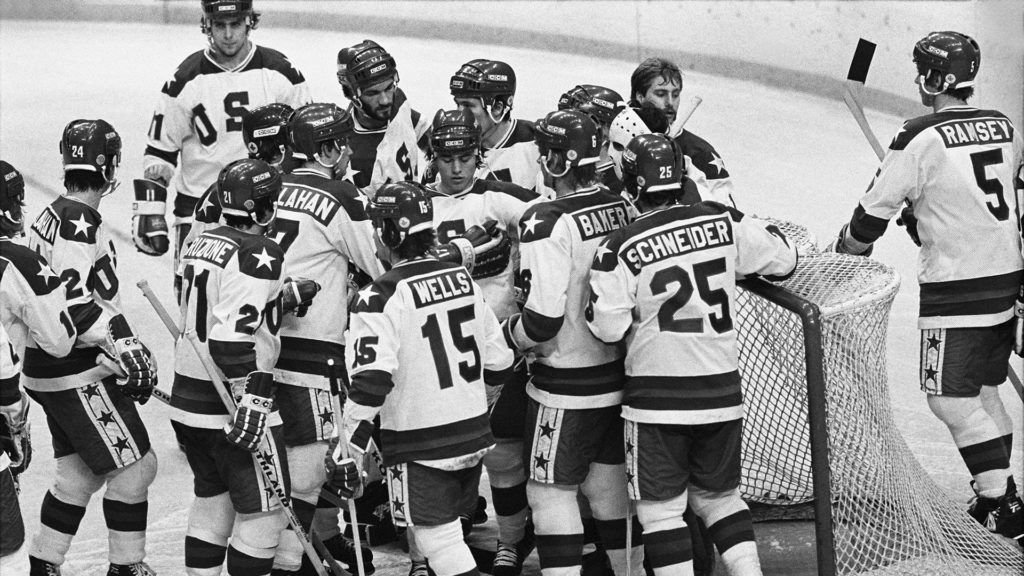
One of the greatest upsets ever, the 1980 U.S. Men’s Ice Hockey Team stunned the Soviet Union then rallied to beat Finland to win the gold medal at the Lake Placid 1980 Olympic Winter Games.
The outlook was not rosy for the U.S. men’s ice hockey team entering the 1980 Lake Placid Olympic Winter Games. With a team comprised mainly of college players, the Americans had been routed 10-3 by the powerful Soviet Union in one of their final exhibition games. The Soviets entered the 1980 Games having won four consecutive gold medals, going 27-1-1 and outscoring opponents 175 to 44 over that span.
The Americans did well to advance to the Medal Round, which consisted of a four-team round robin, including a pool play 2-2 tie against Sweden. Against the Soviet Union, trailing 3-2 entering the third period, Mark Pavelich and captain Mike Eruzione scored 81 seconds apart to lift the U.S. to a stunning 4-3 victory. Broadcaster Al Michaels delivered the famous line, “Do you believe in miracles? Yes!” And revelers flooded the streets throughout Lake Placid.
Two days later, the Americans rallied from a 2-1 deficit entering the third period to beat Finland, 4-2, to claim the gold medal. In 1999, Sports Illustrated named the Miracle on Ice as the top sports moment of the 20th century, while in 2008 ESPN viewers voted Eruzione’s goal the greatest highlight of all time.
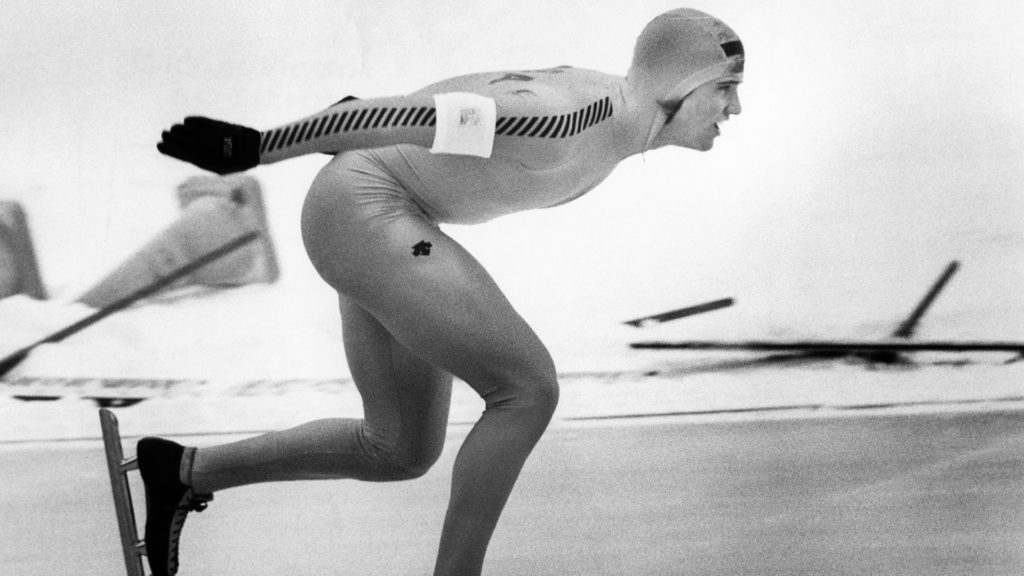
Eric Heiden’s feat of sweeping all of the speedskating races in a single Olympic Winter Games has never been matched.
Eric Heiden delivered the Olympic Oath at the start of the Lake Placid 1980 Olympic Winter Games. Then the speed skater from Madison, Wisconsin, delivered one of the most impressive athletic performances ever.
Heiden won the gold medal at all five distances in which races were held, from the 500-meter sprint to the grueling 10,000-meter race over a nine-day stretch. He set four Olympic records and one world record.
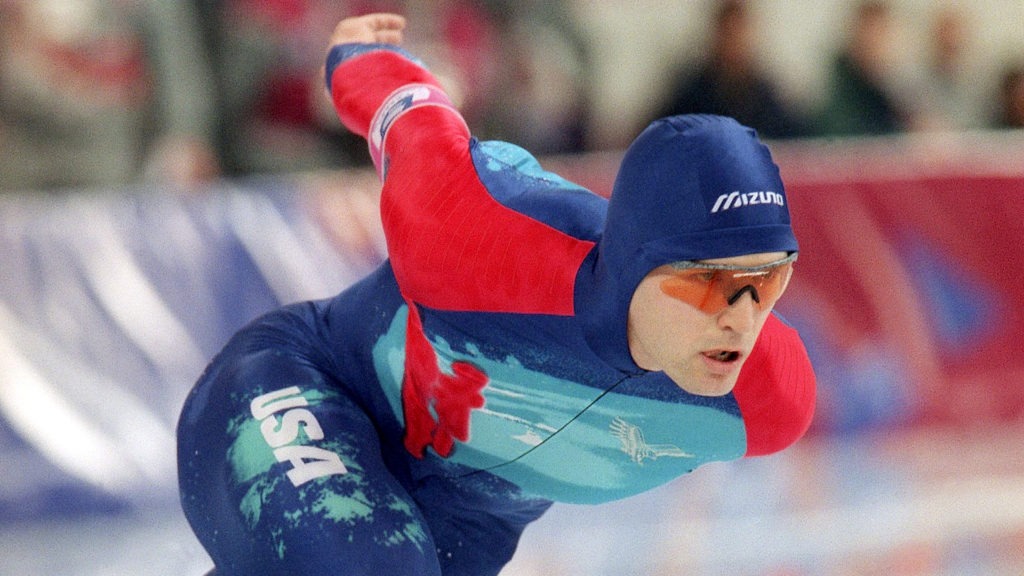
After several Olympic Winter Games disappointments and near-misses, Dan Jansen finally won a gold medal in the 1,000-meter race at the Lillehammer 1994 Olympic Winter Games.
Speed skater Dan Jansen seemed poised to become one of the most decorated winter athletes of all-time at age 18 when he qualified for the Sarajevo 1984 Olympic Winter Games. Seemingly on the cusp of greatness, promise turned to heartbreak throughout Jansen’s Olympic career. At Sarajevo, Jansen finished just outside the Medal Podium, placing fourth in the 500 meters; he was 16th in the 1,000 meters.
Four years later, in the Calgary 1988 Olympic Winter Games, Jansen was the favorite in the 500 and 1,000. But on the day of the 500, Jansen learned that his sister had passed away. He fell in the first turn. Four days later, he fell again in the 1,000.
Four years after that, at the Albertville 1992 Olympic Winter Games, Jansen again took fourth in the 500; he was 26th in the 1,000.
Jansen did catch one break, when the International Olympic Committee moved to stagger the Winter Games and Summer Games; the next Olympic Winter Games came just two years later.
Jansen was revved up for one final run at a medal at the Lillehammer 1994 Olympic Winter Games. But in the 500, he finished fourth yet again – a remarkable third finish just outside the Olympic Medal Podium. In the 1,000, though, Jansen gave it all he had, setting a personal best – and a world record – by finishing in 1 minute 12.43 seconds to finally capture gold!
Jansen was chosen by his fellow Olympians to carry the American flag at the Closing Ceremony and later that year he would win the James E. Sullivan Award, presented to nation’s top amateur athlete.
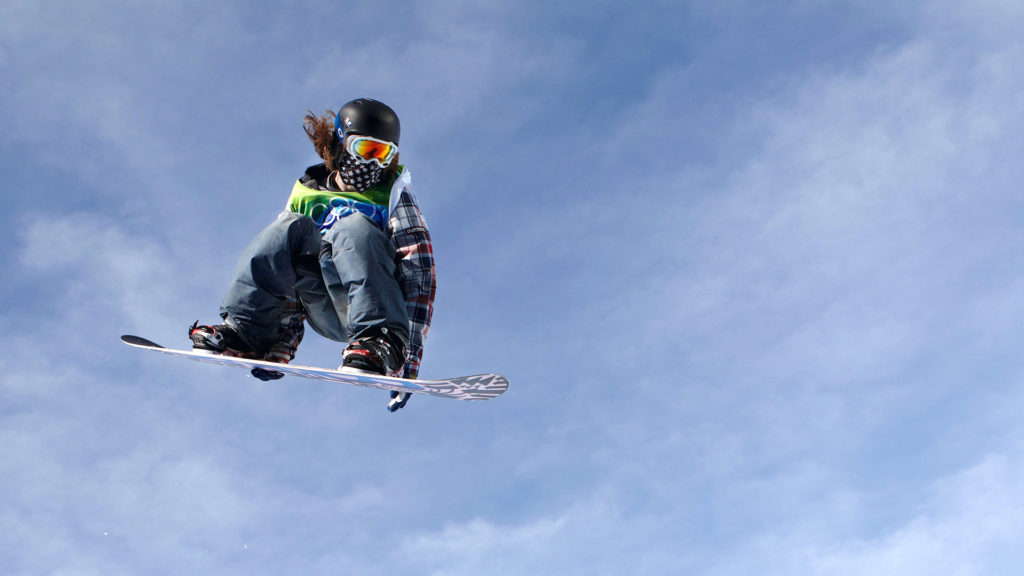
While he had wrapped up a gold medal in the halfpipe at the Vancouver 2010 Olympic Winter Games, snowboarder Shaun White wanted to make a lasting impression with his final run.
Snowboarder Shaun White’s score on his first run was good enough to clinch the gold medal in the halfpipe at the Vancouver 2010 Olympic Winter Games. But the floppy redhead from San Diego wanted to make his second — and final — run memorable.
As he boarded down the halfpipe, White launched into his signature move – the Double McTwist 1260, cramming 3 ½ twists along with two forward somersaults — to further cement his legendary status and claim the second of his three gold medals.
“I wanted a victory lap that would be remembered,” White told reporters afterward. “I achieved that.”
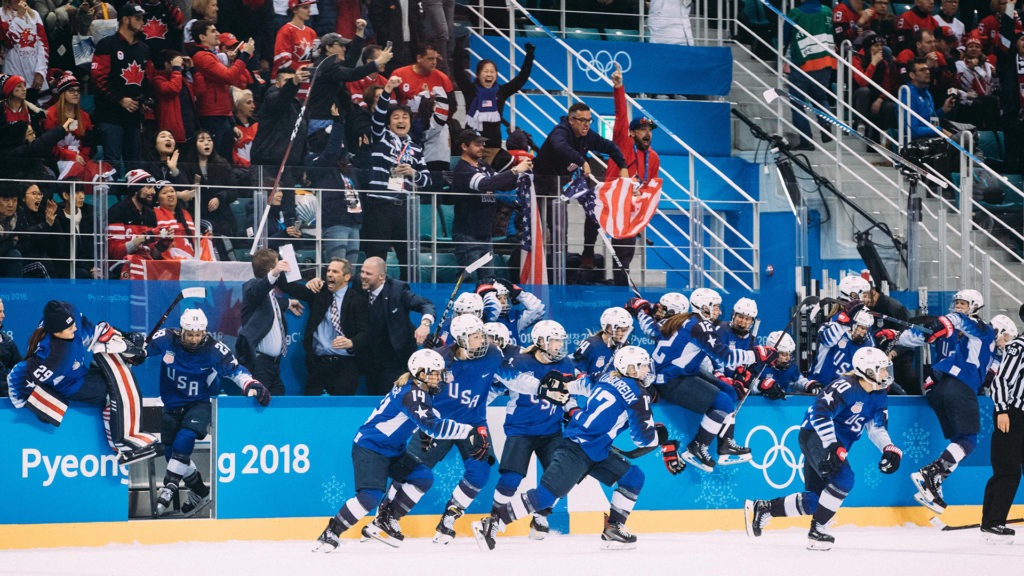
Jocelyn Lamoureux-Davidson scored the gold medal-winning goal in the sixth round of the shootout as the U.S. Women’s Ice Hockey Team beat rival Canada in the PyeongChang 2018 Olympic Winter Games.
The United States-Canada women’s ice hockey rivalry – one of the best in all of sports – resumed in the gold-medal game at the PyeongChang 2018 Olympic Winter Games. The Americans had lost to their rivals in the previous two gold-medal games and had not won Olympic gold since the Nagano 1998 Olympic Winter Games. Canada had won four consecutive gold medals.
But Monique Lamoureux-Morando scored the game-tying goal with six minutes remaining in regulation, 20-year-old goalie Maddie Rooney made 29 saves and twin sister Jocelyne Lamoureux-Davidson scored the crafty winning goal in the sixth round of the shootout to lift the U.S. to a thrilling 3-2 victory.
Lamoureux-Davidson said the move she made on the winning goal was nicknamed, “Oops, I Did It Again” because of the way she pretended to shoot, then made one fake to the left before going back to the right and shooting the puck into the net.

U.S. Olympic & Paralympic Museum offers parking in the adjacent Park Union District lot for $7.50 per-day. Metered parking is also available on Sierra Madre and Vermijo.
Subscribe now to keep up to date on Museum news and events!
Olympic Marks are used under license from the U.S. Olympic & Paralympic Committee. 36 U.S.C. 220506
Website development supported in part by a grant from the Colorado Tourism Office.